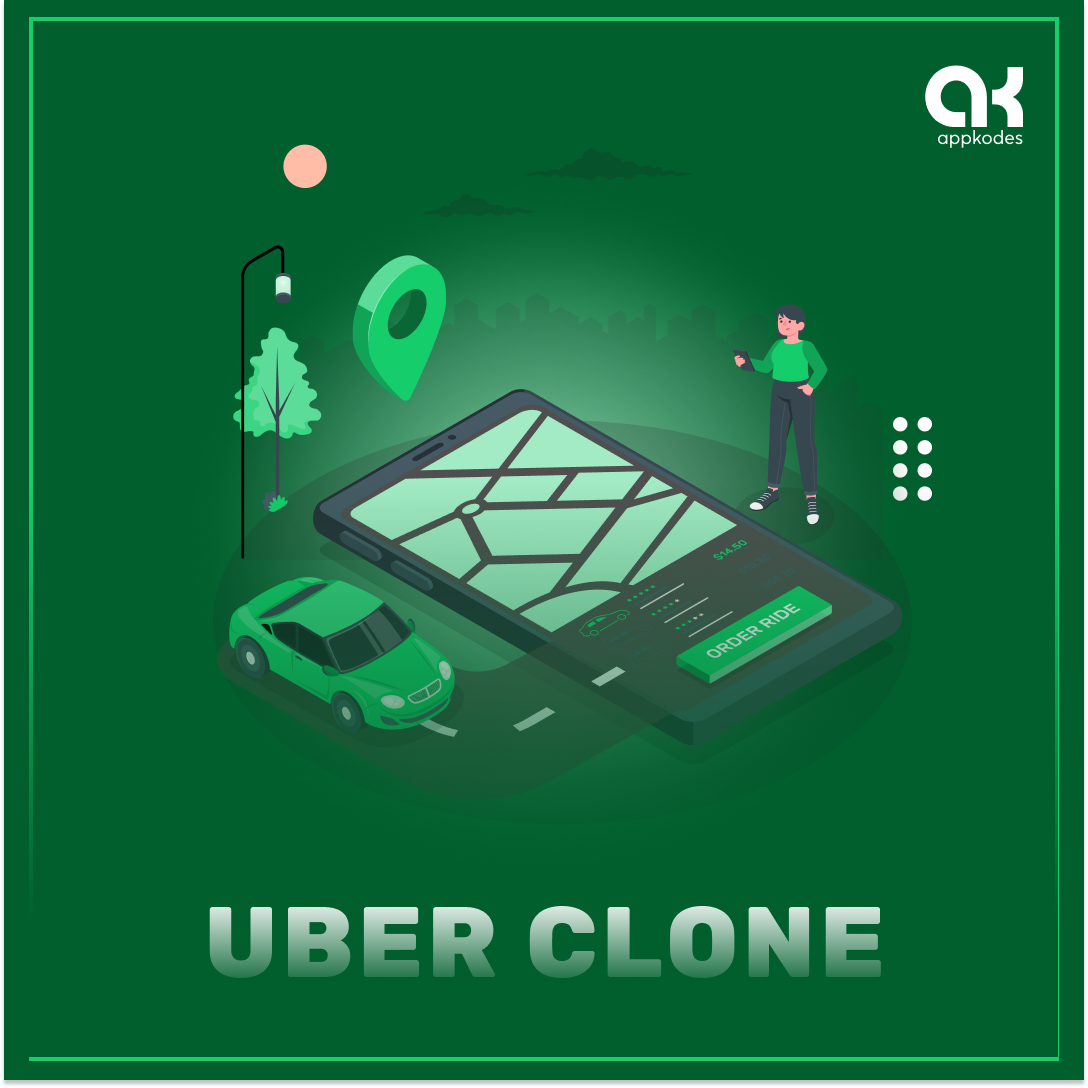What is Uber Clone?
An Uber clone refers to a mobile application or software that mimics the functionality and features of the popular ride-hailing service, Uber. These clones are designed to offer similar services, such as ride booking, real-time tracking, fare estimation, and driver-partner interactions, to cater to the growing demand for on-demand transportation services. The term "clone" does not imply an exact copy but rather an inspired version that leverages the successful elements of the original Uber app.
How Much Does the Uber Clone App Cost?
The cost of developing an Uber clone app can vary significantly based on several factors, including:
1. Features and Functionality: Basic features include user registration, ride booking, payment gateway integration, and real-time tracking. Advanced features like ride-sharing, multiple payment options, and AI-driven route optimization can increase costs.
2. Platform: Developing the app for both iOS and Android will naturally cost more than for a single platform.
3. Design: Custom, high-quality UI/UX designs will add to the overall cost compared to using standard templates.
4. Development Team Location: Developers’ hourly rates vary across different regions. For instance, North American and European developers generally charge more compared to their counterparts in Asia.
5. Backend Infrastructure: A robust backend is essential for handling real-time data processing, user data storage, and ensuring seamless communication between users and drivers.
6. Maintenance and Updates: Post-launch maintenance, bug fixes, and periodic updates will incur additional costs.
On average, a basic Uber clone app can cost anywhere between $20,000 to $40,000, while a more complex version with advanced features can range from $50,000 to $100,000 or more.
What is Uber Script?
Uber script refers to the pre-written source code that developers can use to create a ride-hailing app similar to Uber. These scripts are essentially ready-made solutions that come with core functionalities, reducing the time and effort needed for development. The script includes the necessary components such as user and driver interfaces, GPS tracking, payment integration, and admin dashboards.
Using an Uber script offers several advantages:
- Cost-Effectiveness: Purchasing an Uber script is often more affordable than building an app from scratch.
- Time-Saving: Developers can quickly customize and deploy the app, significantly reducing development time.
- Proven Framework: Scripts are usually built on robust and scalable frameworks, ensuring reliability and performance.
How to Create an App Like Uber
Creating an app like Uber involves several key steps:
1. Market Research: Understand your target market, identify competitors, and analyze the demand for ride-hailing services in your chosen region. This will help you refine your business model and unique selling propositions.
2. Define Key Features: Outline the core features required for your app. Essential features include:
- User registration and profile management
- GPS and real-time tracking
- Ride booking and ride history
- Fare calculation and payment gateway integration
- Ratings and reviews system
- Driver management and dispatch system
3. Choose the Development Approach: Decide whether to build the app from scratch or use an Appkodes Uber Clone Script. Building from scratch offers more customization but is time-consuming and costly. Using a script is faster and more cost-effective.
4. Select a Development Team: Hire a skilled development team with experience in mobile app development, particularly in the ride-hailing domain. Consider freelancers, in-house developers, or outsourcing to a development agency.
5. Design the UI/UX: Focus on creating an intuitive and user-friendly interface. The design should facilitate easy navigation for both riders and drivers.
6. Develop the App: Begin the development process, which includes:
- Frontend Development: Creating the user interface for both riders and drivers.
- Backend Development: Setting up the server, database, and APIs to handle data processing and storage.
- Integration: Integrating essential services like GPS, payment gateways, and push notifications.
7. Testing: Conduct thorough testing to identify and fix bugs. Ensure the app performs well under various conditions and provides a seamless user experience.
8. Launch and Marketing: Deploy the app on relevant app stores (iOS and Android). Implement a marketing strategy to attract users, which could include promotions, partnerships, and advertising campaigns.
9. Maintenance and Updates: Continuously monitor the app’s performance, address user feedback, and roll out regular updates to enhance features and security.
Creating an Uber-like app is a complex process that requires careful planning, technical expertise, and a clear understanding of the market. However, with the right approach and resources, it is possible to launch a successful ride-hailing service that meets the needs of modern commuters.

